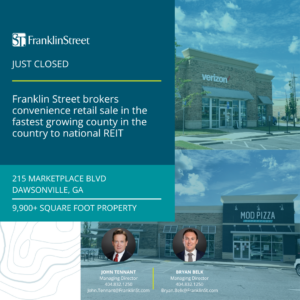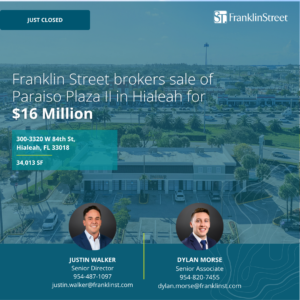ATLANTA—The commercial real estate industry is still buzzing about the Federal Reserve’s first interest rate hike since 2006. What does it mean for investors? How will this impact developers? What is in store for the U.S. economy as a whole?
There’s no easy answer, of course. Changing interest rates have a ripple effect—and more than one potential impact—on commercial real estate.
On top of that, the interest rate hike comes just as another wave of the so-called wall of commercial mortgage-backed securities (CMBS) maturities comes to bear on the market. In 2015, 2016 and 2017 there are more than $350 billion of CMBS loans maturing, according to CREFC. About $100 billion of that is set to come due this year, the CMBS Surveillance Maturity Report reveals.
Steve Bennett, a senior director in the loan origination practice of Franklin Street’s Atlanta office, has his eyes on the big picture. He tells GlobeSt.com if rates continue to rise as expected over the next 12 months, the class A properties will be the first to see a slight increase in cap rates.
“Having said that, a deal that pencils out today should be marketable at a similar price point this time next year, however, leverage on these deals may be a bit lower,” Bennett says. “For most class B and C multifamily deals cap rates should remain flat as rental rates continue to move higher and offset increased capital costs.”
Want the inside scoop on construction lending trends? Read my recent column featuring Greg Winchester, co-CEO of Trimont Real Estate Investors.



